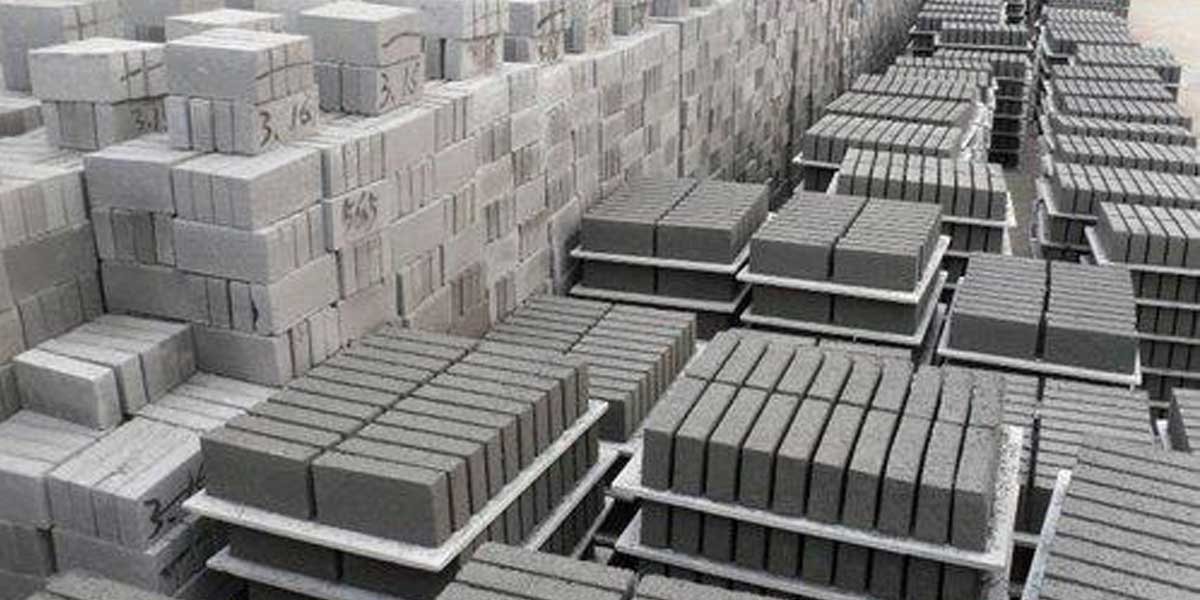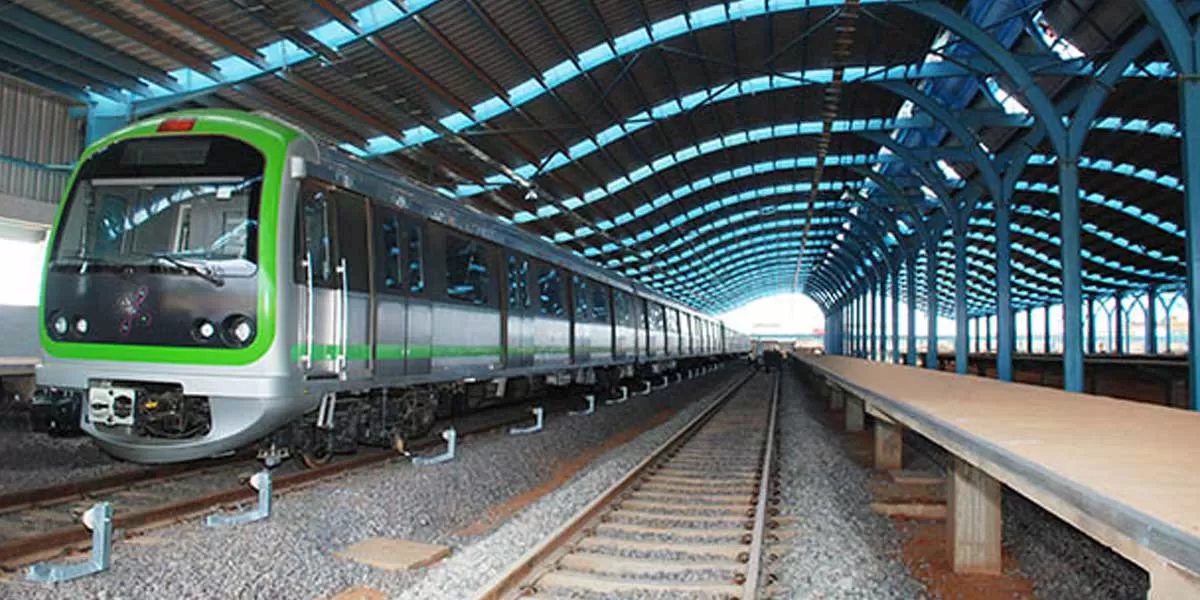Eco-friendly technologies, particularly in the construction industry, and natural compatible materials are increasingly attracting the attention of researchers. In this regard, research on the synthesis and development of geopolymers is gaining momentum because of their potential to consume large quantities of industrial waste and protect natural resources.
The geopolymer advantage
A term first coined by French materials scientist Joseph Davidovits in 1978, ‘geopolymers’ are emerging as a novel and environment-friendly technology, specifically as a substitute for cementitious binding materials. This new-generation technology is becoming an important candidate in potential applications like concrete for infrastructure development, fire-resistant products, fiber composites, sealants, corrosion protection of the marine environment and ceramics. Researchers believe geopolymer technology can become an excellent alternative to cement, one of the critical binding materials in making concrete. It has multiple benefits, including reducing cement consumption and thereby avoiding excessive mining of limestone and minimisation cum utilisation of industrial solid waste residue.
The effective promotion of geopolymer technology, especially focusing on the synthesis of concrete, mainly depends on the proper understanding of the underlying chemistry in geopolymer formation and development, selection of appropriate resource materials and prevailing conditions during development. Such understanding is immensely beneficial for developing geopolymer products as production involves the integration of a variety of ingredients.
Understanding geopolymers
Geopolymers come under a class of inorganic polymers that form when aluminosilicates present in the source material react with the alkaline activator solution. Upon reaction, these polymeric materials yield amorphous to semi-crystalline three-dimensional structures consisting of Si-O-Al bonds (see Figure 1). Materials rich in aluminosilicates such as kaolin clay (derived from natural materials), fly ash, slag, red mud and rice husk ash (industrial solid waste products) are suitable for developing geopolymers. The term geopolymer was coined as the chemical reaction that takes place here is a polymerisation process and the microstructure is entirely different—geopolymers comprise a greater amorphous phase than crystalline phase. The geopolymer structure predominantly consists of one of the three chemical groups or molecular units and formation depends on the proportion between Si and Al present in the raw material(s).Figure 1: Steps in geopolymerisation mechanism
The formation of geopolymers is largely based on the composition of constituent raw material(s) and the chosen alkaline activator type. As far as raw material is concerned, a material rich in aluminosilicates in amorphous form is an ideal candidate to produce geopolymer. As mentioned above, some of the most suitable raw materials are fly ash, metakaolin, slag, rice husk ash, red mud and palm oil fuel ash (POFA). The alkaline activators are the key ingredients in the synthesis of geopolymers, as they are responsible for kickstarting the polymer reaction and, subsequently, in the formation of the end reaction products. High alkaline conditions not only promote the dissolution of aluminosilicates but help transform them into extremely reactive materials. In general, alkali hydroxides and silicates with extreme pH values (>13) provide the necessary alkaline environment to accelerate the activation of aluminosilicates in the raw material. In particular, hydroxyl ions supplied by alkali hydroxides, in addition to creating alkaline conditions, facilitate the dissolution of silica and aluminates, while alkalis activate the silica and alumina present in the raw material apart from playing a vital role in the poly-condensation process. There are a variety of alkali hydroxides and alkali silicates available. By knowing the most suitable and effective alkali hydroxide, alkali silicates and their combination, geopolymers exhibiting superior physical and chemical characteristics can be developed. Studies claim that the mixture of NaOH and Na2SiO3 is the most effective combination, which helps in better polymerisation.
With respect to reaction products, in cement-based products, C-S-H is the main reaction product that defines mechanical properties, while the secondary reaction product does not contribute much to mechanical properties. In geopolymer-based products, N-A-S-H defines the mechanical properties of geopolymer-based products, while other reaction products such as C-A-S-H, C-S-H and zeolites contribute less to mechanical properties. The binder product most widely used in the construction industry is concrete. Even though ordinary concrete and geopolymer concrete (GPC) chemical reaction and hardening processes are different, there is a resemblance in their mechanical properties (see Figure 2).Figure 2: A typical
comparison of ordinary concrete and geopolymer concrete
A variety of applications
Geopolymer composites can be successfully applied to strengthen reinforced concrete beams and the performance of geopolymers is superior in terms of fire-resistance, durability under ultraviolet light and lack of toxicity. Also, geopolymers could be potential materials for encapsulation of hazardous waste as they have the ability to adsorb toxic chemical wastes on their surfaces. Geopolymers developed with fly ash have been successfully used in railway sleepers, pavements, retaining walls, water tanks, boat ramps and precast decks and beams. It has also been observed that geopolymers have a large potential for applications related to cultural heritage.
With regard to the Indian context, nearly 140 million tonne of fly ash waste from numerous thermal power plants is being generated annually. Only 50 per cent of the total fly ash generated is being utilised for a variety of engineering applications while the rest is disposed of into encapsulating facilities such as ash ponds. Hence, there is a need to devise techniques that enhance the utilisation of these waste materials in bulk amounts. As such, the research fraternity has recognised that the development of geopolymer concrete using fly ash, exclusively, is quite promising and has the potential to become a replacement to traditional OPC with considerable economic and environmental benefits.About the Author: Dr Dinakar Pasla, Associate Professor, Indian Institute of Technology - Bhubaneswar, specialises in durability,corrosion of steel and waste utilisation in concrete. He is a consultant to varied industries in the fields of design, repair and rehabilitation and construction.


















